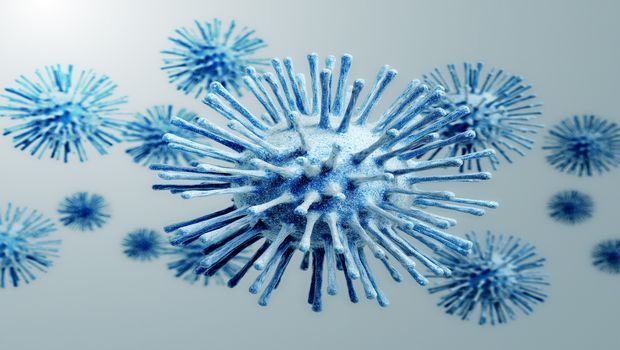WHO Offers Flu-Prevention Pointers
The World Health Organization (WHO) offers the following information in a Q&A format to help individuals educate themselves about seasonal influenza and its prevention.

The World Health Organization (WHO) offers the following information in a Q&A format to help individuals educate themselves about seasonal influenza and its prevention.
What is seasonal influenza?
Seasonal influenza (flu) is most often caused by type A or B influenza viruses. Symptoms include sudden onset of fever, cough (usually dry), headache, muscle and joint pain, sore throat and a runny nose. The cough can be severe and can last 2 or more weeks. Most people recover from fever and other symptoms within a week without requiring medical attention. However, influenza can cause severe illness or death in high-risk groups (see Who is most at risk? below).
Seasonal epidemics occur mainly during winter, from October to March in the northern hemisphere and April to September in the southern hemisphere. In tropical and subtropical countries, seasonal influenza can happen all year round.
How can I avoid getting the flu?
The best way to avoid getting the flu is to get the flu vaccine every year. Influenza viruses evolve constantly, and twice a year WHO makes recommendations to update the vaccine compositions. For the 2016-2017 northern hemisphere influenza season, the vaccine formulation was updated in February 2016 to contain two type A viruses (H1N1 and H3N2), and a type B virus.
WHO recommends annual vaccination for high-risk groups including health care workers. People should ideally get vaccinated just before the influenza season begins for the most effective coverage, although getting vaccinated at any time during the influenza season can still help prevent flu infections.
Who is most at risk?
People most at risk for severe seasonal influenza are:
pregnant women at any stage of pregnancy
children younger than 5 years
people older than 65 years
people with chronic medical conditions such as HIV/AIDS, asthma, heart and lung diseases and diabetes
people with increased risk of exposure to influenza, which includes health care workers.
How is it treated?
People with the flu should drink plenty of water and rest. Most people will recover within a week. Antiviral drugs for influenza can reduce severe complications and deaths although influenza viruses can develop resistance to the drugs. They are especially important for high-risk groups. Ideally these drugs need to be administered early (within 48 hours of onset of symptoms). Antibiotics are not effective against influenza viruses.
How do you stop it from spreading?
Influenza can spread quickly between people when an infected person coughs or sneezes, dispersing droplets of the virus into the air. It can be also spread by hands contaminated by the virus.
Precautionary measures should be taken to limit transmission. People should cover their mouth and nose with a tissue when coughing, then throw it out and wash their hands thoroughly and regularly.
Is seasonal influenza linked to pandemic flu?
Seasonal influenza outbreaks are caused by small changes in viruses that have already circulated, and to which many people have some immunity.
A pandemic occurs when an influenza virus emerges that most people do not have immunity from because it is so different from any previous strain in humans. This enables the strain to spread easily between people.
Seasonal influenza viruses may contribute to the emergence of a pandemic virus; and once a pandemic virus has been established, as with the pandemic A(H1N1) in 2009, it can become a seasonal virus.
Source: WHO
IDEA in Action: A Strategic Approach to Contamination Control
January 14th 2025Adopting IDEA—identify, define, explain, apply—streamlines contamination control. Infection control professionals can mitigate risks through prevention, intervention, and training, ensuring safer health care environments and reducing frequent contamination challenges.
Balancing Freedom and Safety: When Public Health Mandates Are Necessary
January 9th 2025Public health mandates, such as lockdowns, masking, and vaccination, balance liberty and safety, ensuring critical protections during pandemics like COVID-19 while fostering long-term survival through science.
Long-Term Chronicles: Infection Surveillance Guidance in Long-Term Care Facilities
January 8th 2025Antibiotic stewardship in long-term care facilities relies on McGeer and Loeb criteria to guide infection surveillance and appropriate prescribing, ensuring better outcomes for residents and reducing resistance.
Considering Avian Flu: World Health Organization Expert Warns Against Raw Milk
January 6th 2025Drinking raw milk poses risks of disease transmission, especially with H5N1 outbreaks. Expert Richard J. Webby, PhD, advises against raw cow or goat milk consumption due to its unpredictable and significant risks.